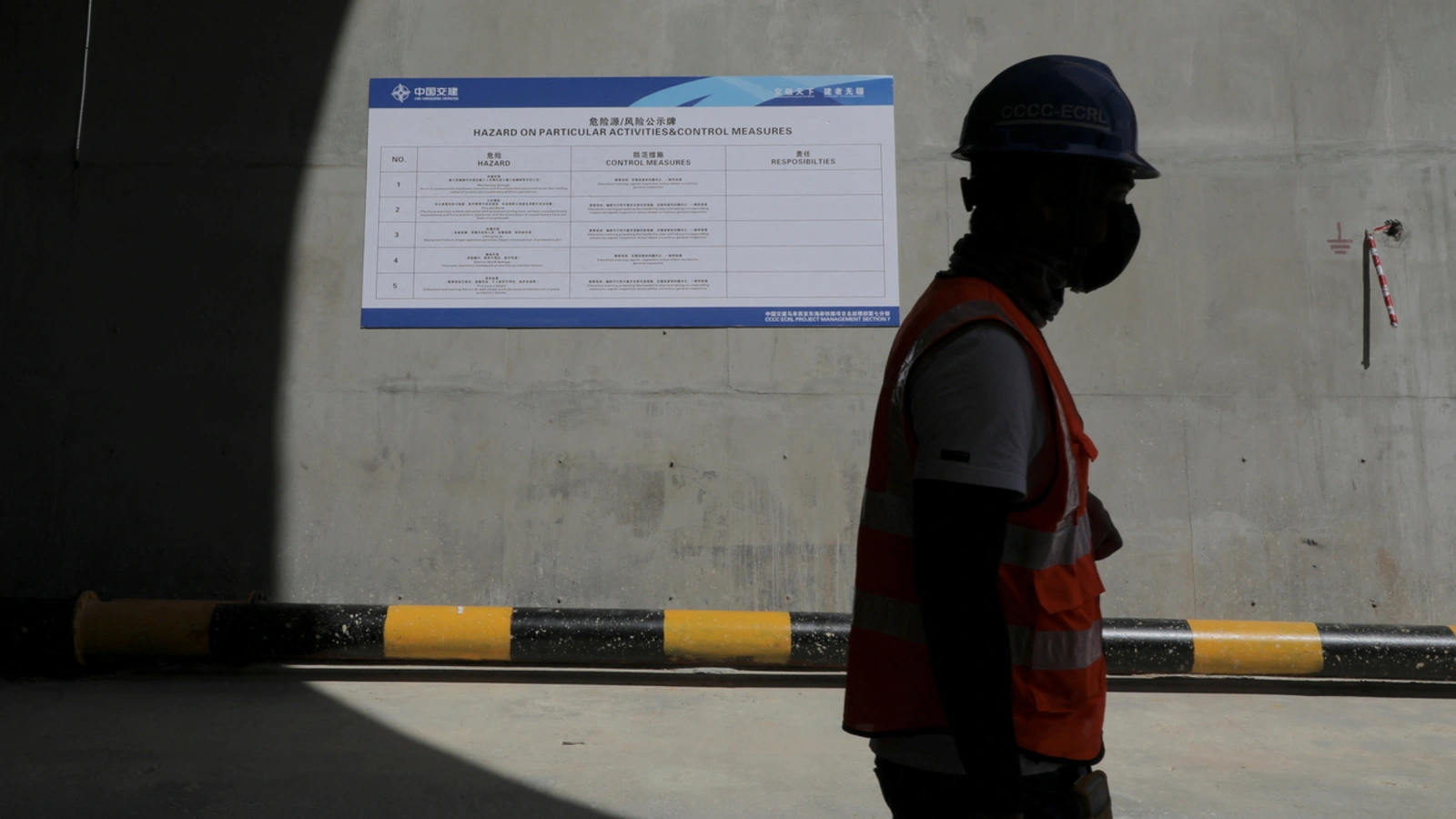Manjari Chatterjee Miller

In 2013, Chinese President Xi Jinping launched two important connectivity initiatives: An economic silk road and a maritime silk road. The idea behind both was to create a network of connectivity between China and mostly developing countries that would boost both mutual collaboration and prosperity. These two initiatives were the foundation of what would come to be termed the Belt and Road Initiative (BRI), a gargantuan infrastructure, trade, and connectivity venture encompassing billions of dollars of Chinese investment in projects across the globe.
Since its inception, BRI has generated controversy. The key question among wary China watchers is whether BRI is contributing to the growth of Chinese power and influence across the globe. The answer often depends on China-centric analyses – whether China is able to successfully manage BRI. But my recently-published discussion paper with the Council on Foreign Relations finds that the case of South Asia — Bangladesh, India, Nepal, Pakistan, Sri Lanka, and the Maldives — is an example of how this question is better answered by examining recipient countries of BRI.
Whether BRI is a success or failure depends on two factors in recipient countries — their geopolitical interests, and local actors. Geopolitical interests impact how recipient countries view China, and by extension, BRI. Local actors impact whether recipient countries can manage their domestic interests through BRI. If BRI is viewed positively, and a recipient country believes its domestic interests are being advanced through the initiative, then BRI can be said to be successful for both China and the recipient country.
The World This Week
A weekly digest of the latest from CFR on the biggest foreign policy stories of the week, featuring briefs, opinions, and explainers. Every Friday.
But more often than not in South Asia, the outcomes of BRI are mixed. Only in one country — Bangladesh — can BRI be called a success. Ironically, in India, BRI — which India vociferously opposes — has had success, but not for China. Rather, it has spurred India to think of alternative connectivity schemes in the region.
Pakistan is an example of mixed outcomes. Pakistan sees India as an existential threat, and accordingly values its ties with China. Consequently, there has been almost a full buy-in to BRI. This means that China and BRI are viewed very positively in Pakistan — 82% of Pakistanis view China favourably, while 72% believe that the China-Pakistan Economic Corridor (CPEC), a project worth $62 billion that aims through railways, ports, and highways to connect Southwest China to Pakistan, is of enormous benefit to the country. Compare that to the fact that despite decades of United States (US) foreign aid, a mere 22% of Pakistanis view the US favourably.
Yet, BRI has run into serious problems of implementation in Pakistan because of local actors — Baluchi nationalists who believe Punjabi political elites appropriate CPEC benefits, Gwadar residents who have protested the devastation caused by Chinese projects and the flow of benefits to Chinese citizens and companies rather than Pakistanis, and the Tehreek-e-Taliban which has murdered Chinese workers. Last year, Pakistan’s debt to China was $24.7 billion, 27.4% of its total external debt, and the Pakistani elite is worried about the economic returns on BRI and chafing at the imbalance between Washington and Beijing.
Bangladesh stands out, as it has turned BRI into a success story by managing both India and China. Bangladesh has historical relationships with both China and India. It has built a robust military relationship with China while, particularly under the Awami League, also being cognisant of India’s positive role in its independence from Pakistan, and India’s interests. Bangladesh needs China to invest in its country’s infrastructure and energy projects and has welcomed BRI, but has also used the spectre of the initiative to extract investments and aid from India. In 2016, a $38 billion Chinese economic package to Bangladesh was immediately followed by an Indian $5 billion credit and economic assistance. Domestic interests have boosted this adroit manoeuvring — the more hostile-to-India Bangladesh National Party forms the opposition for example.
The case of India is the most unexpected with regard to BRI, an initiative it sees as symbolising the threat of a rising China. It is a geographical reality that India is the only South Asian country that has proximity to all its neighbours. It is also a political reality that India, when displeased, can and does pressure its smaller neighbours into rejecting China’s overtures. In 2017, because of India’s concerns, Sri Lanka did not allow a Chinese submarine to dock at Colombo port. But in addition to presenting geographic and political obstacles to BRI, India has also rebooted some of its policies to facilitate connectivity in South and Southeast Asia.
This means that BRI, at its heart purporting to be a connectivity project, simply cannot flourish in South Asia without some buy-in from India. And given that BRI has prompted India, a historically slow actor, to propose alternative connectivity projects for the region such as Act East, SAGAR, and Mausam, it has created the interesting possibility of diversifying connectivity offerings in the region. If these alternative projects come to fruition, it would be a success for India and for most of the other South Asian countries but less so for China.
The important lesson from these cases is that BRI, its workings, successes and failures should not simply be assessed by looking at China’s goals and interests. Recipient countries matter tremendously and have agency because their geopolitical concerns and domestic interests can intersect to affect how well or poorly BRI functions in their country.
No comments:
Post a Comment